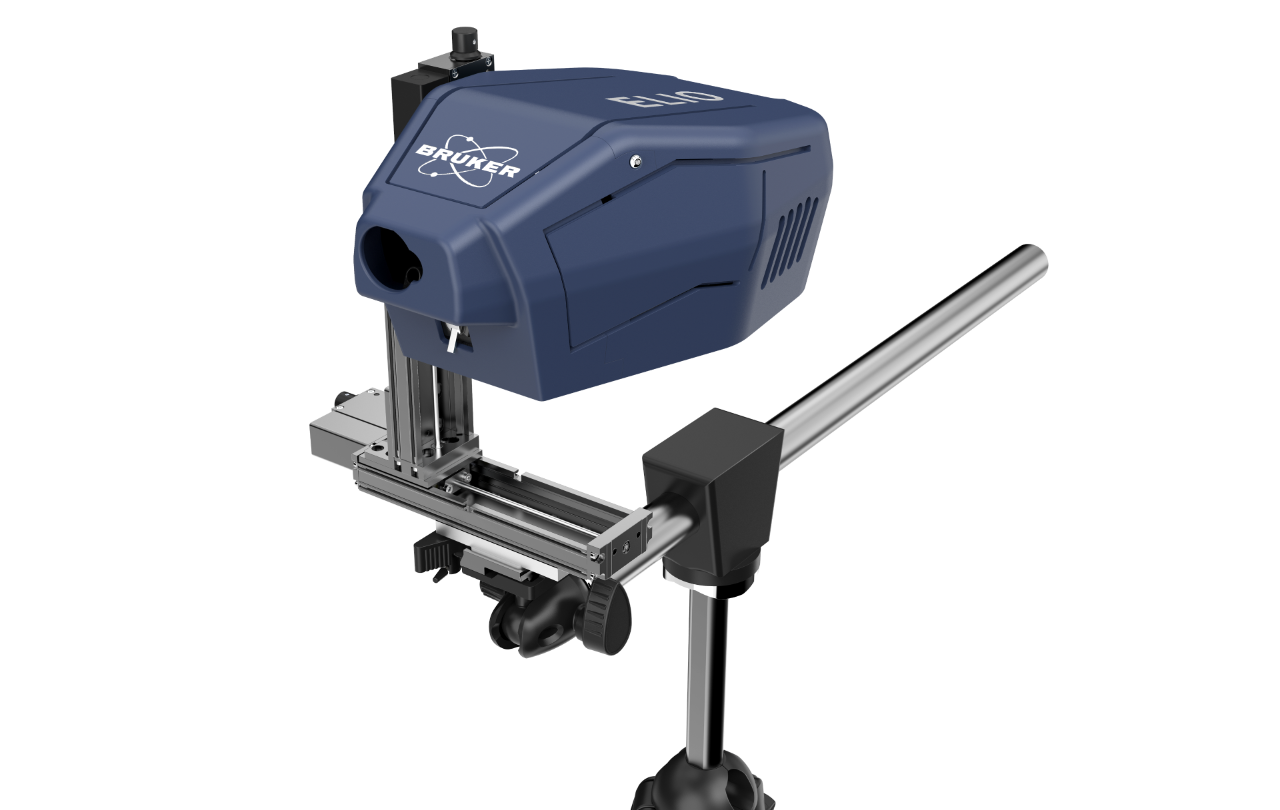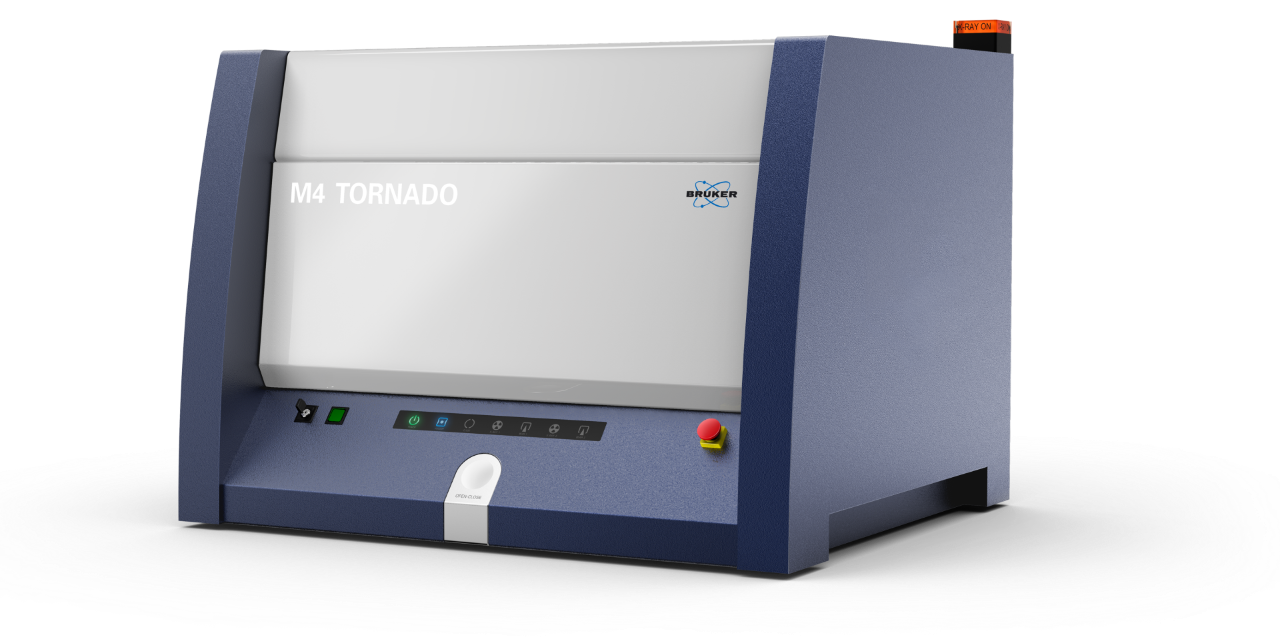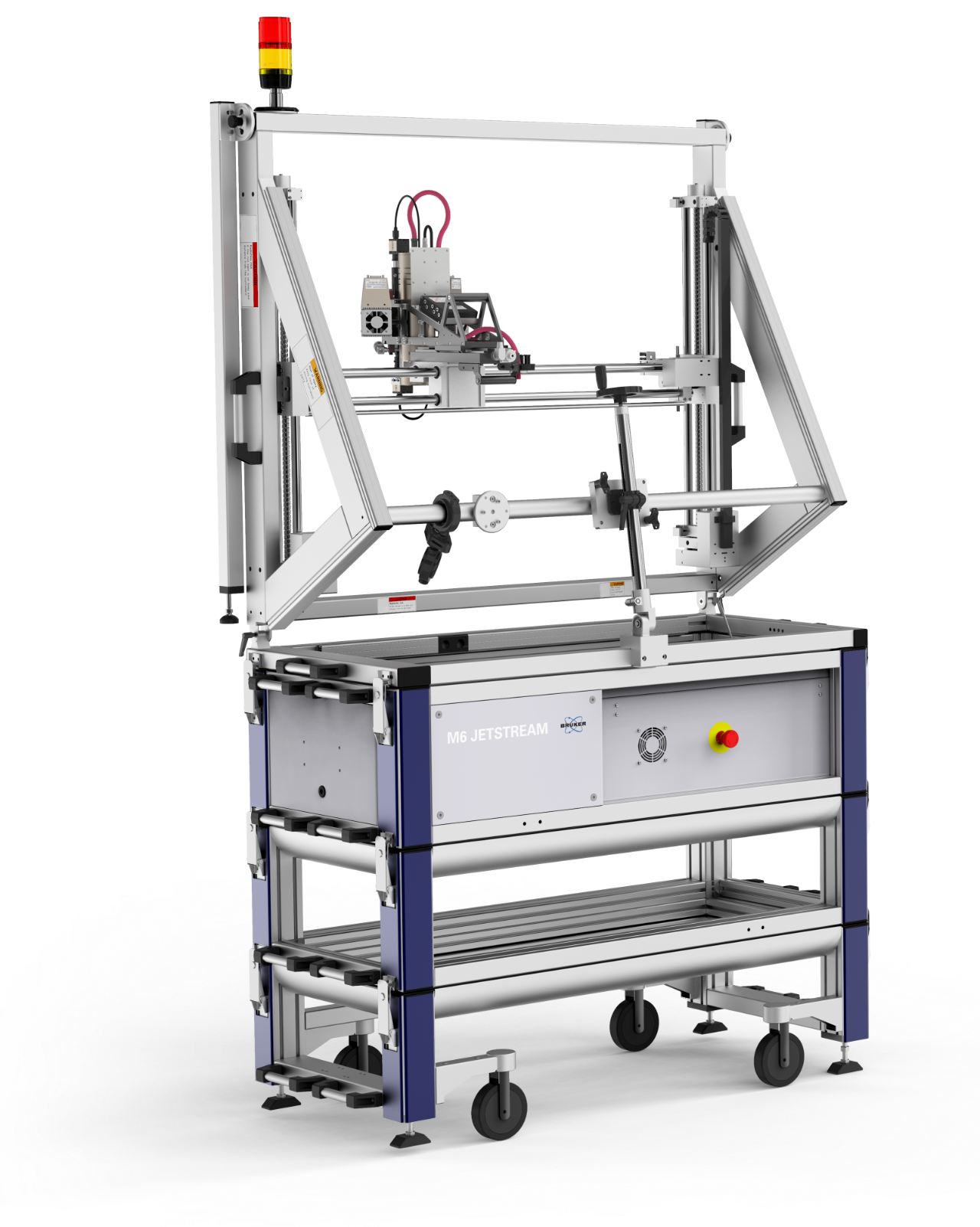Dating Roman Silver Coins: Getting to the True Composition
Silver has been an important currency metal for much of history, with the value of a coin usually proportional to the amount of silver within the metal alloy. However, even though strict standards existed during different periods and in different places, the amount of silver present in coins may vary significantly. For example, reducing the amount of silver included when making the coins, or debasement, was one possibility to “make” more money. This was common practice in times of war allowing soldiers to be paid and supplies purchased, but has also been attributed to inflation, trade, and a lack of raw materials needed to produce the coins. Therefore, knowing the precise composition of a coin allows them to be dated, and offers interesting insights into the political situation at the time of manufacture.
Analysis of modern alloys is all but routine. However, historic alloys such as silver coins present several analytical challenges. Commonly composed of materials or mixtures uncommon in modern alloys, ancient alloys typically require additional validation of the quantification routine by using appropriate certified reference materials. In addition, the modification or degradation of the coins during the passage of time means the sample itself represents its own challenge, such as the formation of patinas covering the true alloy hampering an accurate compositional characterization.
Studying a Roman Silver Denarius
Compositional mapping and single point analysis using Bruker's M4 TORNADO micro-XRF shows that the surface of the coin is silver-rich, with an average Ag content of ~95%, which is considerably higher than expected for Roman coins of this period (typically ~50%).
Is the coin an anomaly for its time? Probably not. Several studies have shown that the surface composition of a metal may be altered due to oxidation or leaching, reacting with the environment over long periods of time to form new compounds and element mixtures.
To test this hypothesis, a small edge of the coin was polished to allow access beneath the coin exterior, and new X-ray maps and point analyses collected. The micro-XRF map collected using the M4 TORNADO revealed the presence of a Cu-rich core, significantly poorer in Ag. Point analyses determined the true composition of the coin to be ~35% Ag, within the expected compositional range for Roman denarii of this time. The compositional values determined for the surface of the coin are therefore considered disturbed, likely due to a relative enrichment of noble elements (in this case Ag) at the surface due to depletion of the more mobile base metal (copper).
The potent combination of quantification with the small beam of the Bruker M4 TORNADO micro-XRF therefore offers a unique opportunity for rapid, micro-invasive study of archaeological materials.
Recent Publications
Learn more here:
Capobianco, G., Sferragatta, A., Lanteri, L., Agresti, G., Bonifazi, G., Serranti, S., Pelosi, C.
Journal of Imaging, 6, 59, 2020
Learn more here:
The Emergence of Copper-Based Metallurgy in the Maltese Archipelago: an archaeometric perspective
Tanasi, D., Tykot, R.H., Hassam, S., Vianello, A.
STAR: Science & Technology of Archaeological Research, 2019


